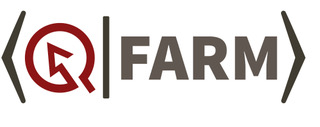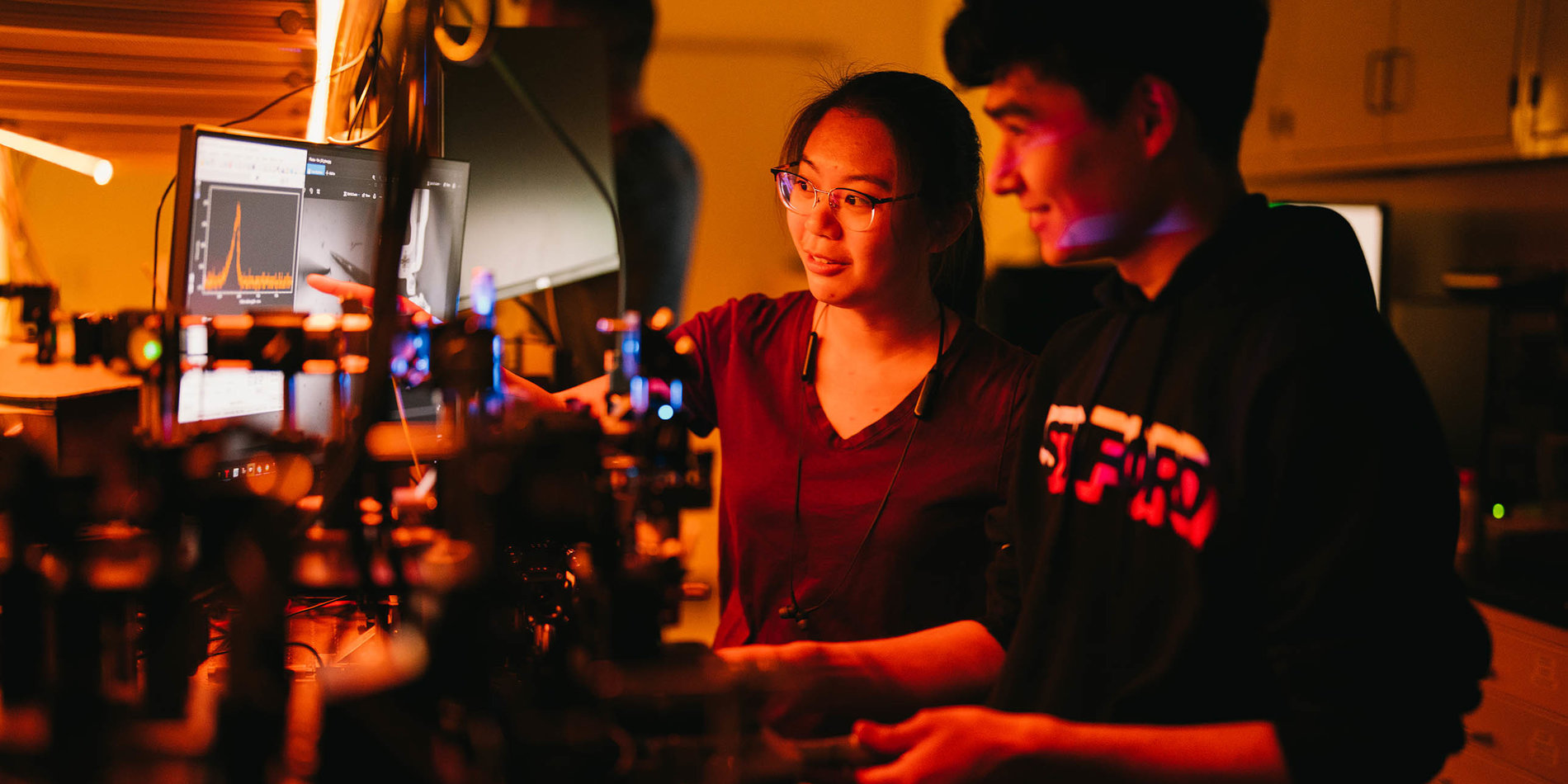In July, the U.S. Department of Defense announced that Stanford faculty members Mark Schnitzer and Jelena Vučković are among the nine faculty scientists and engineers selected as the 2022 Class of Vannevar Bush Faculty Fellows.
This fellowship focuses on advancing transformative, university-based fundamental research, with each fellow receiving up to $3 million over five years. These are “the department’s most prestigious research grant awards,” according to the fellowship’s program director, Dr. Jean-Luc Cambier.
Jelena Vučković is the Jensen Huang Professor in Global Leadership and a professor of electrical engineering in the School of Engineering, where she leads the Nanoscale and Quantum Photonics Lab. She is also the Fortinet Founders Chair of the Electrical Engineering Department. Vučković was the inaugural director of Q-FARM, the Stanford-SLAC Quantum Science and Engineering Initiative, and is affiliated with the Ginzton Lab, PULSE Institute, SIMES Institute, Stanford Photonics Research Center (SPRC), SystemX Alliance, Bio-X, and the Wu-Tsai Neurosciences Institute.
The key resource that enables quantum technologies, such as quantum communication, quantum computing, and quantum sensing, is quantum entanglement between qubits. Currently, the record sizes of quantum entangled states are still quite modest in all studied platforms for quantum technologies. Vučković’s research will focus on developing a scalable semiconductor platform for generation and control of large entangled quantum states, and for implementation of a fault tolerant quantum computer. This will be enabled by efficiently optically interfacing spin qubits in a semiconductor called silicon carbide, designed and structured to facilitate qubit connections and interactions. Silicon carbide is a material already heavily used in power electronics, but also in abrasives, and as a less expensive jewelry alternative to diamond.



